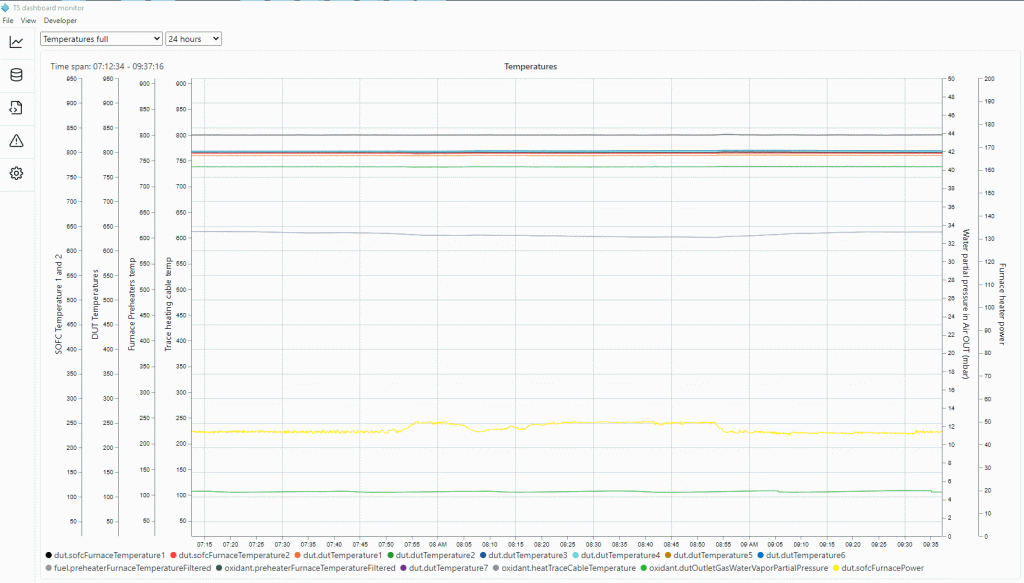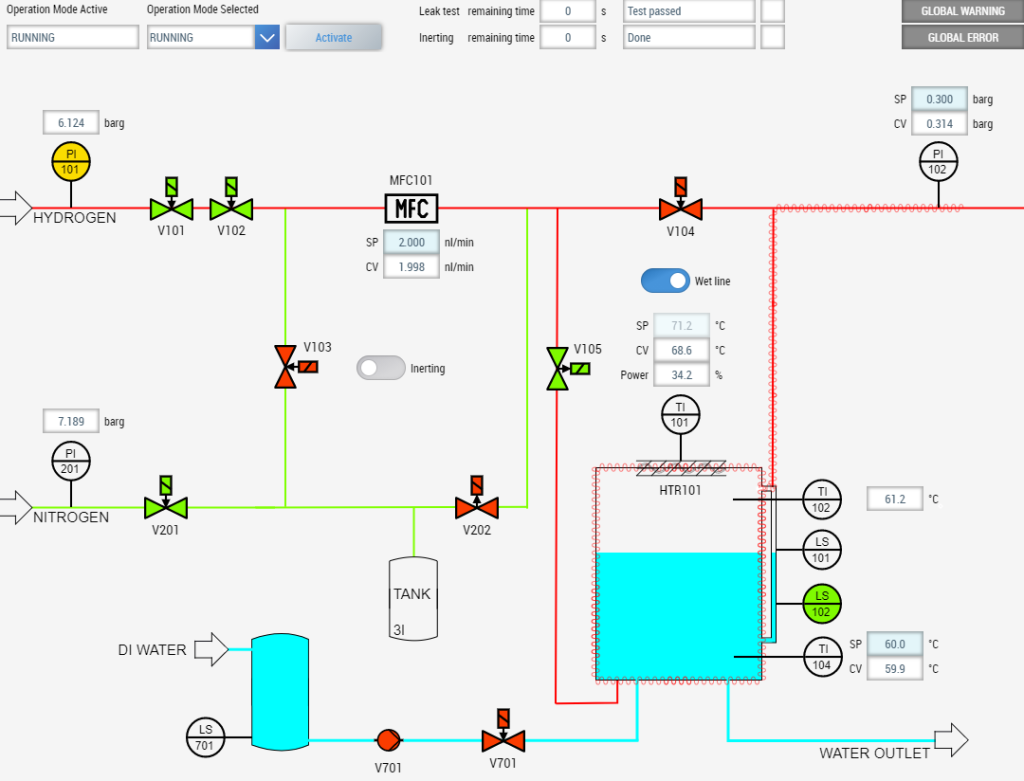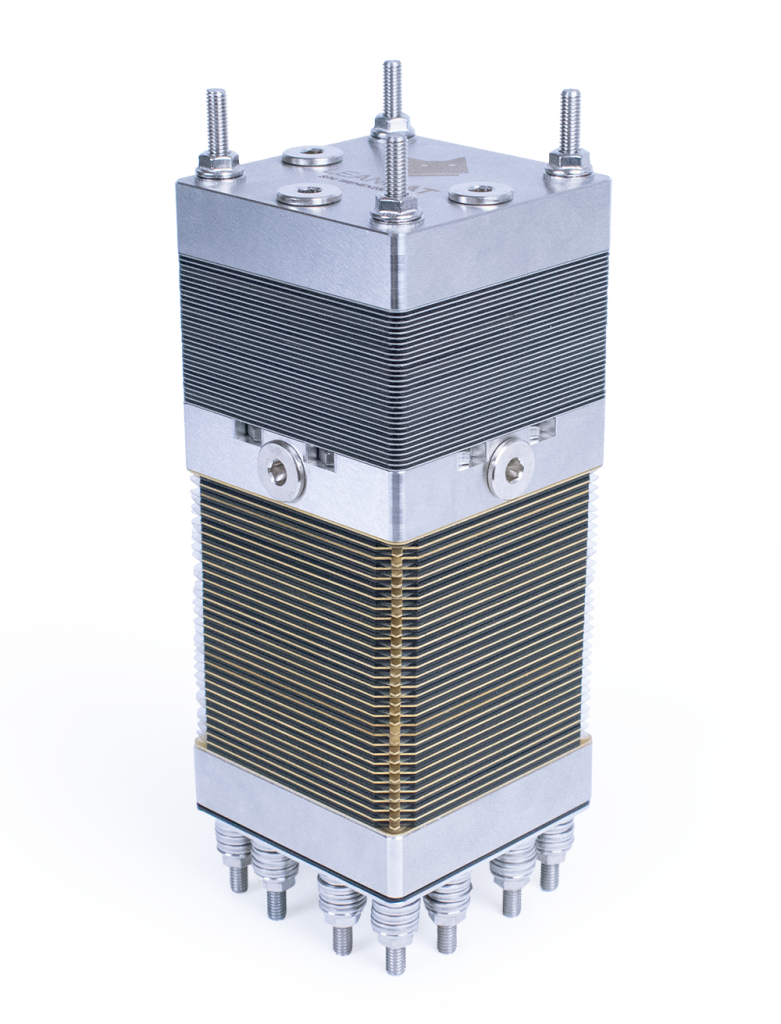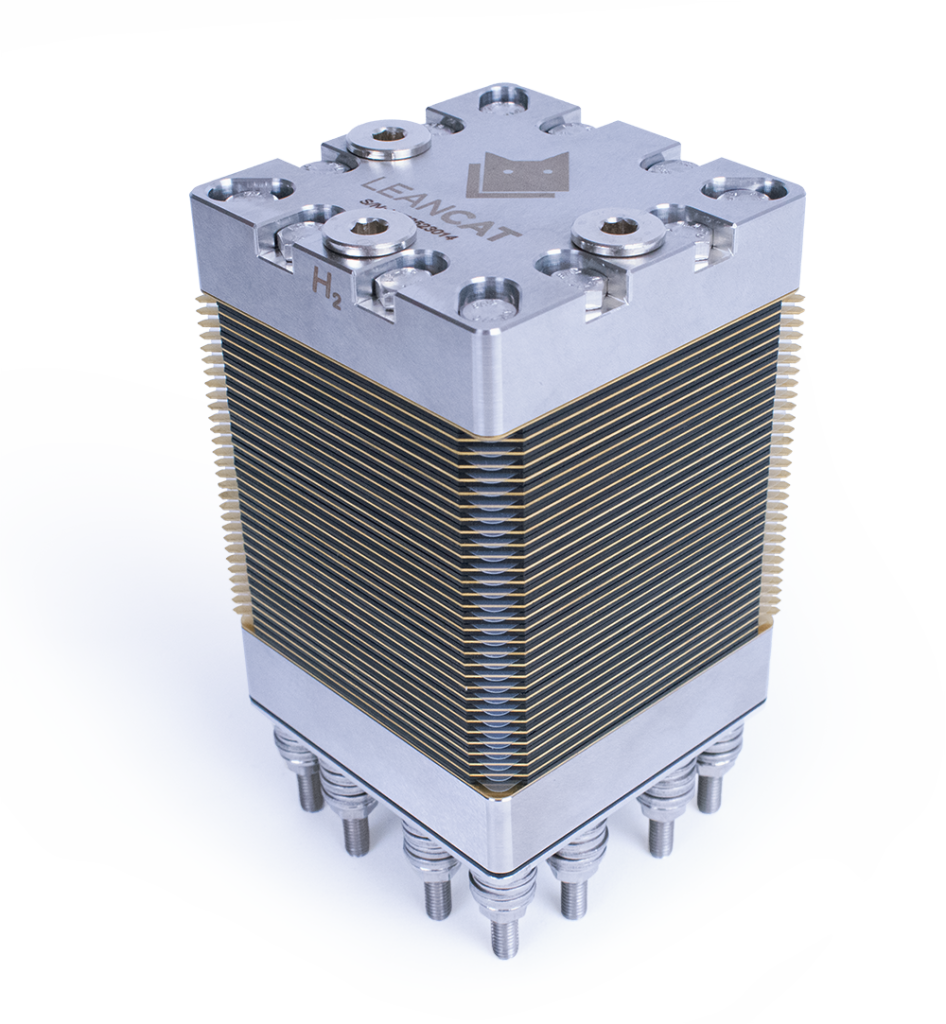Electrolyzer Testing Stations
SFTec distributes equipment for the development of hydrogen technology, offering a wide portfolio of test stations for PEM and high-temperature cells.
Standard configurations cover power ranges from 100 W to 20 kW and a variety of customization options based on the requests of our customers are available.
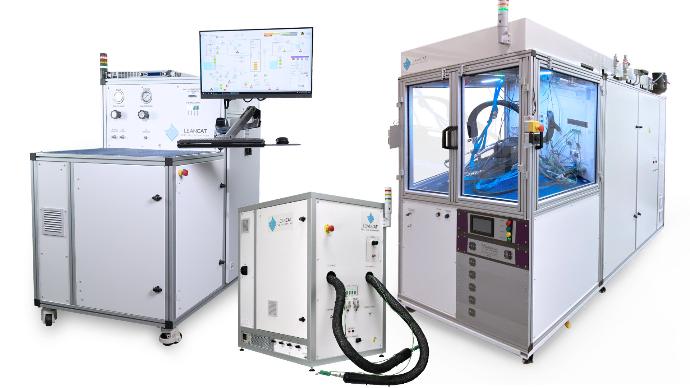
Python Scripting
Shortest lead time
Onsite installation & maintenance
Robust, reliable & customizable
Electrolyzer Testing Stations
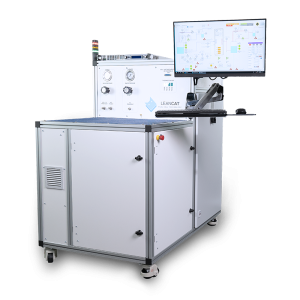
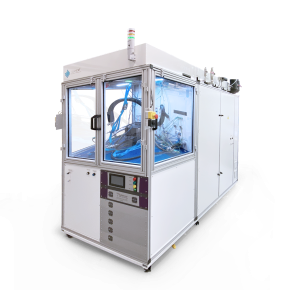
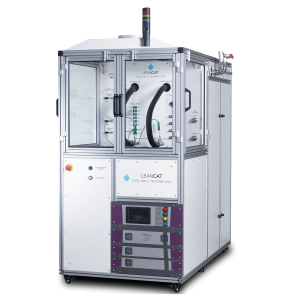

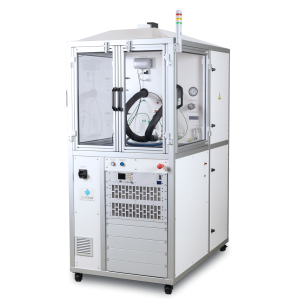
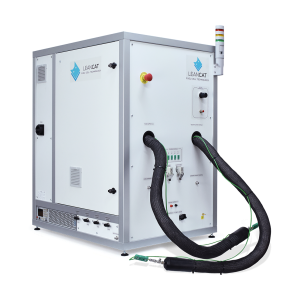
Control Software
Testing Hardware
The development of electrolysers and fuel cells requires researchers to work with many degrees of freedom, whether in terms of materials used or techniques applied. Being able to quickly perform reproducible measurements is undoubtedly a great advantage.
To support these efforts, SFTec provides portfolio of tests cells of various sizes and temperature ratings. All Leancat AirCells can be quickly and easily assembled / disassembled and offer reproducibility of the compression force thanks to the air-compression mechanism.
Versatile & easy-to-use equipment for reproducible measurements
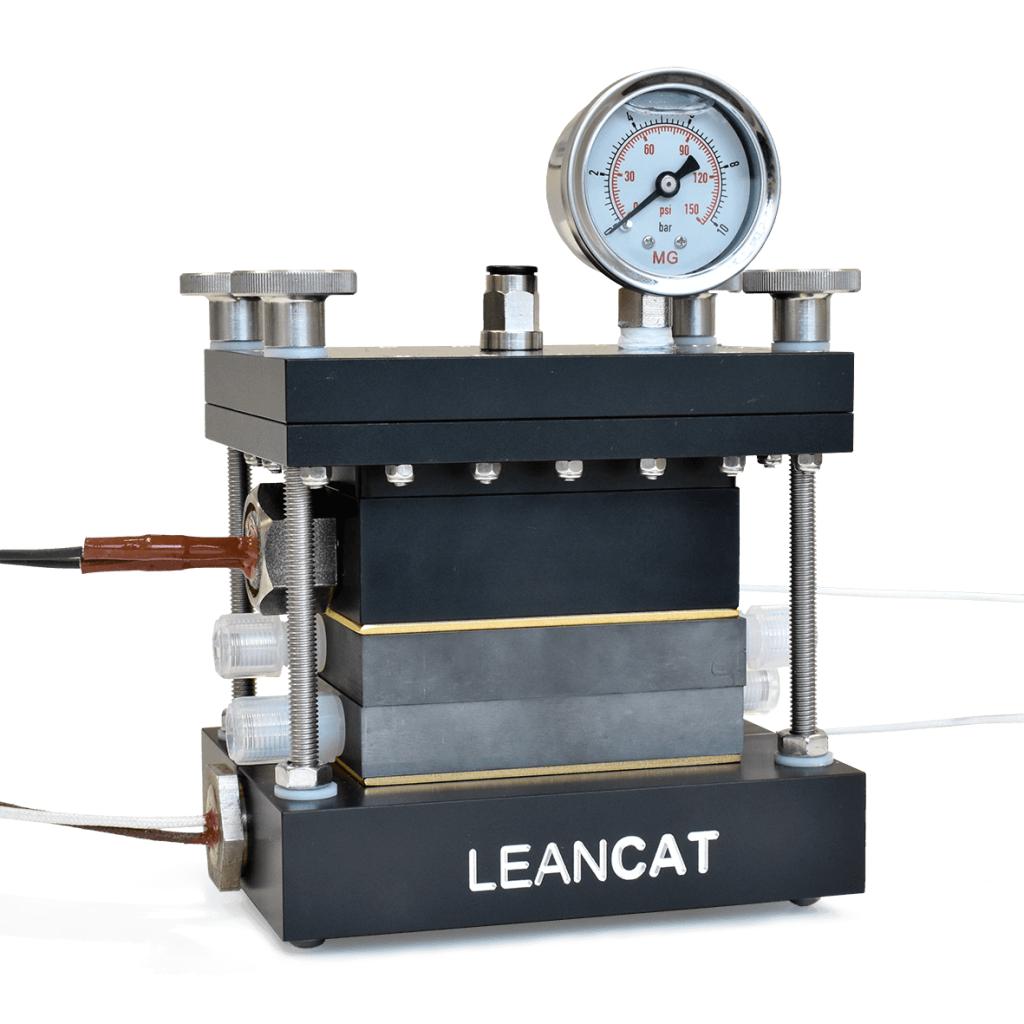
Air-pressed Test Cell AirCell
Key features
- Compression hardware for single-cell testing
- Suitable for low-temperature PEM fuel cells or electrolysers
- Compression system uses pressurized gas
- Fully controlled tightening force
- Uniform force distribution
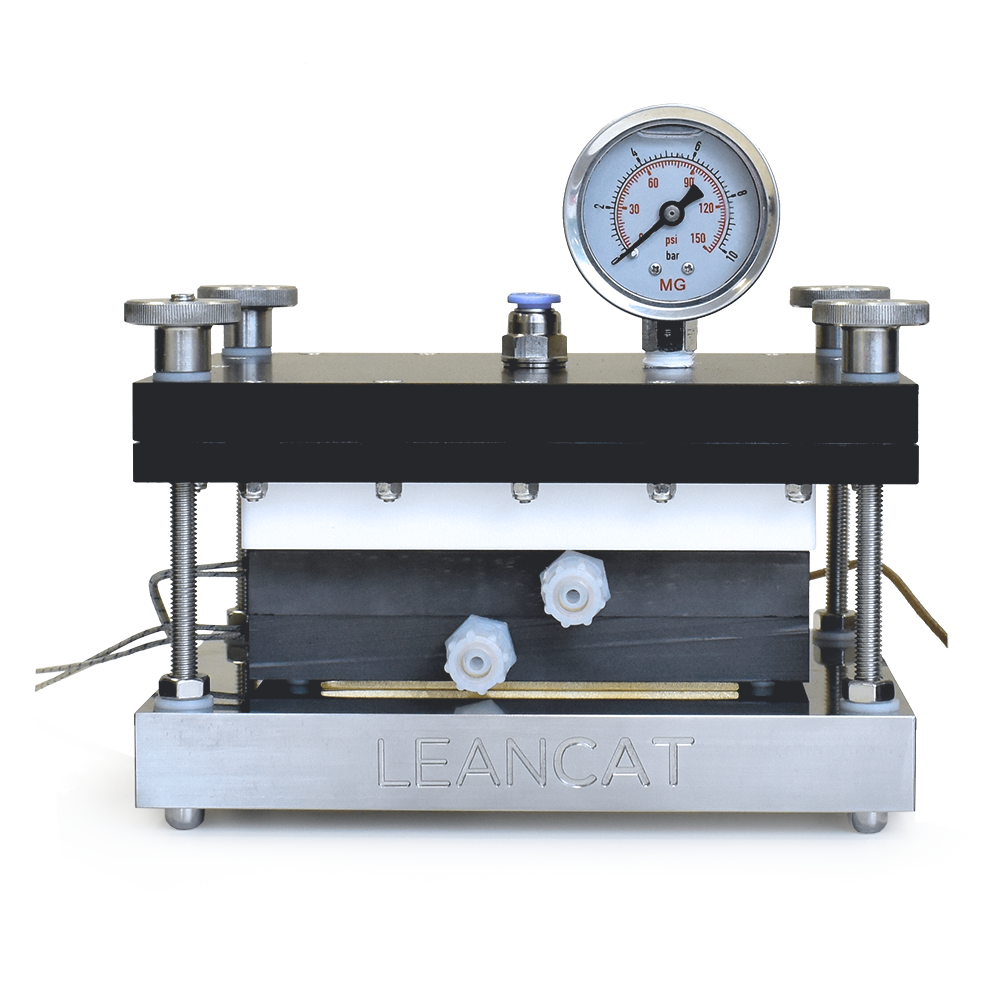
Air-Pressed Test Cell AirCell-HT
Key features
- Compression hardware for single-cell testing
- Suitable for high-temperature PEM fuel cells or electrolysers
- Compression system uses pressurized gas
- Fully controlled tightening force
- Uniform force distribution
Water Electrolyzers
Green Hidrogen on Demand
Green hydrogen is widely described as the enabler for broader deployment of renewable energy sources. Explore our line of PEM water electrolyzis stacks and modules.
With its high power density, efficiency and reliability, LeanCat LCWE 25 and LCWE 25-HEX are perfectly suited for OEMs and integrators aiming at developing their own solution for the production of green hydrogen.
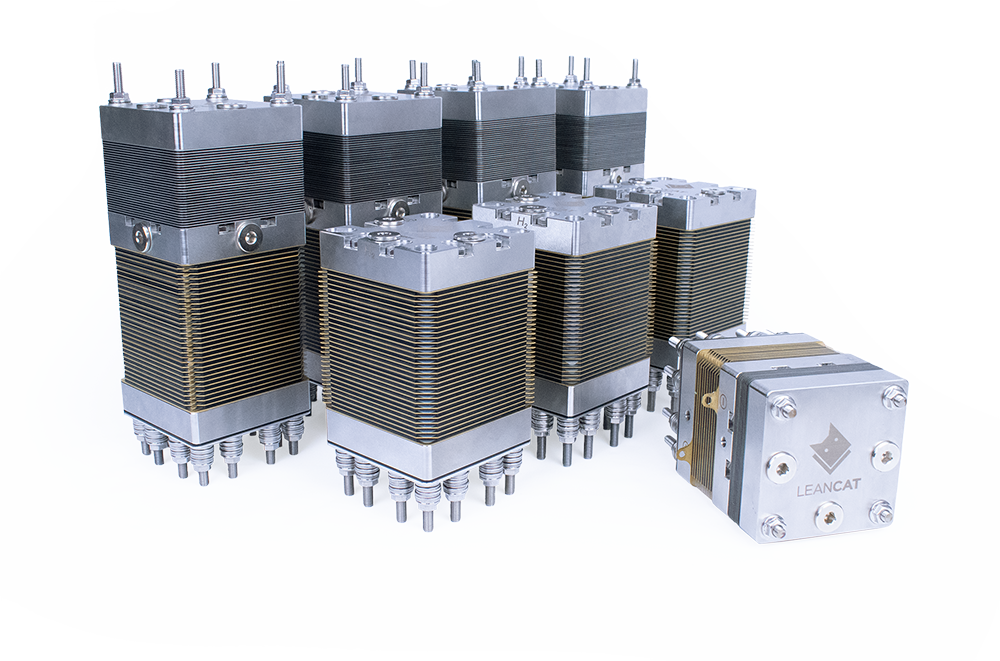
Water Electrolyzer Stacks LCWE 25-HEX
- Advanced PEM water electrolyzer stack
- Produces hydrogen at high pressure cathode)
- Low-pressure oxygen outlet (anode)
- Designed for integration in H2 systems
- Specifications:
- Power range: 0,5 – 5 kW
- Active area: 25 cm2
- Operating pressure H2: 0 – 25 barg
- Operating temperature: 30 – 75 °C
- Max. current: 60 A
- Hydrogen production: Up to 1125 NL/h (50 A)
- Operating pressure O2: Unpressurized
Water Electrolyzer Stacks LCWE 25
- Advanced PEM water electrolyzer stack
- Produces hydrogen at high pressure cathode
- Low-pressure oxygen outlet (anode)
- Designed for integration in H2 systems
- Specifications:
- Power range: 0,5 – 5 kW
- Active area: 25 cm2
- Operating pressure H2: 0 – 25 barg
- Operating temperature: 30 – 75 °C
- Max. current: 60 A
- Hydrogen production: Up to 1125 NL/h (50 A)
- Operating pressure O2: Unpressurized
Optimized Water Cooling
Water electrolyzers face heating challenges due to high current and ohmic losses. The optimal operational temperature for PEMWE is between 65 – 75°C.
Standard solutions use an anode water circuit for cooling, typically integrating either a plate heat exchanger for water-to-water cooling or a radiator for water-to-air cooling. Leancat water cooling method stands out particularly for compact modular systems and scenarios where waste heat cogeneration is employed.
The benefits? Reduced water volume in the anode circuit and simplified maintenance due to a compact cooling exchanger.
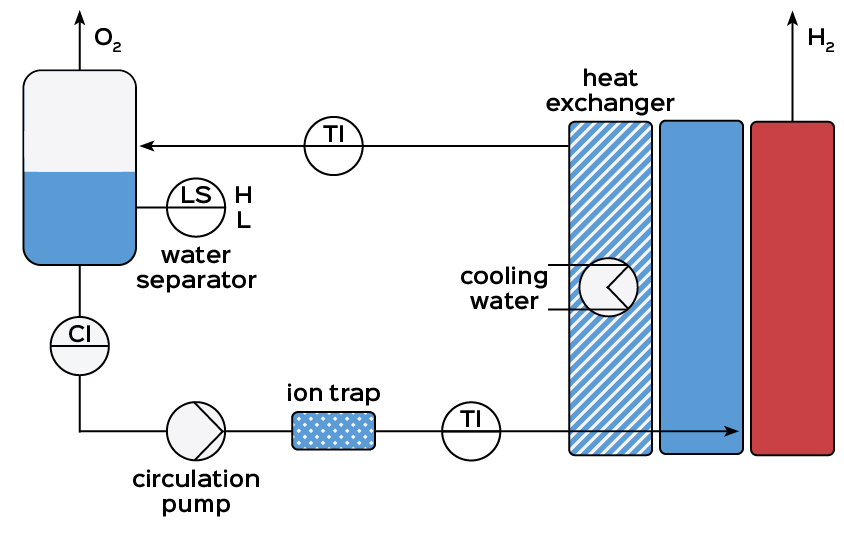
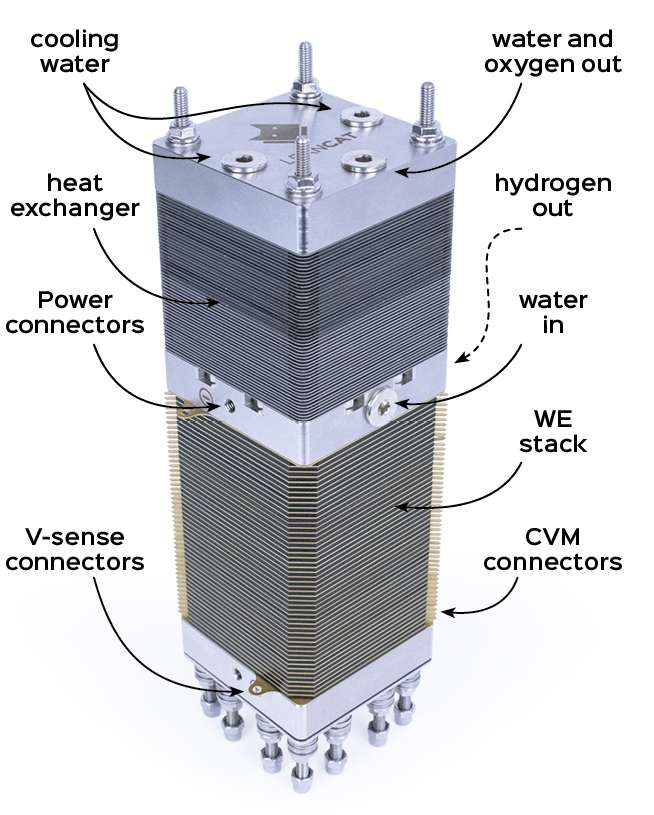
Innovative Compact Design:
Traditional coolers require separate pipes and fittings. Our breakthrough solution incorporates the plate heat exchanger (HEX) directly into the electrolyzer stack. This not only achieves a sleeker design but also eliminates the need to buy a separate HEX.
High-Quality Materials:
Our LCWE25 cooler, crafted from titanium and layered with an anti-corrosion coat, mirrors the construction of the electrolyzer. This ensures minimal contamination of demi-water from undesired ions.
Cost-Effective:
Combine all the above features, and the result is an electrolyzer that’s cost-effective, space-efficient, and seamlessly integrable.
